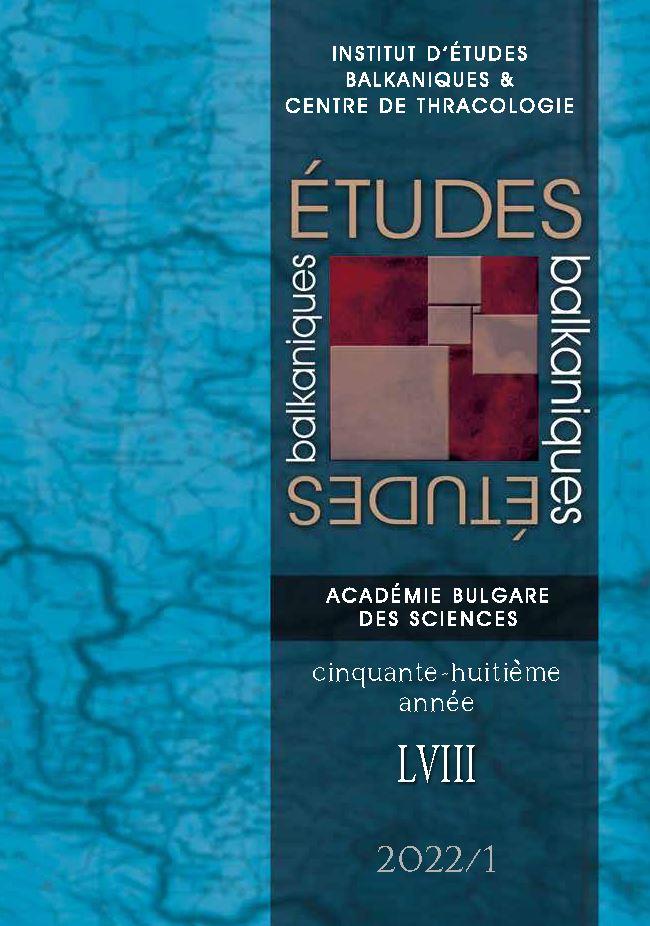AN 1866 CELESTIAL EVENT IN THE BALKANS AND ITS CONTEMPORARY SCIENTIFIC INTERPRETATION
AN 1866 CELESTIAL EVENT IN THE BALKANS AND ITS CONTEMPORARY SCIENTIFIC INTERPRETATION
Author(s): Orlin SabevSubject(s): History, History of ideas, Social history, Modern Age, 19th Century
Published by: Институт за балканистика с Център по тракология - Българска академия на науките
Keywords: The Moon; celestial phenomena; the Balkans; scientific speculation; astrophysics;
Summary/Abstract: The paper elaborates on a report published in the Danube newspaper in August 1866. The report describes an unusual celestial event observed in Tulcea (today’s Romania). According to this description in August 1866 the Moon took the form of a “fireball” with “sparks of fire”. Then the Moon split into four parts, other glowing objects appeared in the sky, and in the morning a thunderstorm broke out. The newspaper published also a “speculation” on what was described. The “speculation” demystifies from a scientific point of view the unusualness of the observed event, explaining it with an optical illusion due to a nebula that covered the full moon and led to the formation of the recorded shapes. The said “speculation” represents the level of scientific thought in the second half of the nineteenth century, which is able to give a rational explanation of seemingly unusual celestial events, in contrast to earlier cases in which such phenomena were mystified as fateful signs and omens.
Journal: Études balkaniques
- Issue Year: 2022
- Issue No: 1
- Page Range: 113-133
- Page Count: 21
- Language: English
- Content File-PDF

